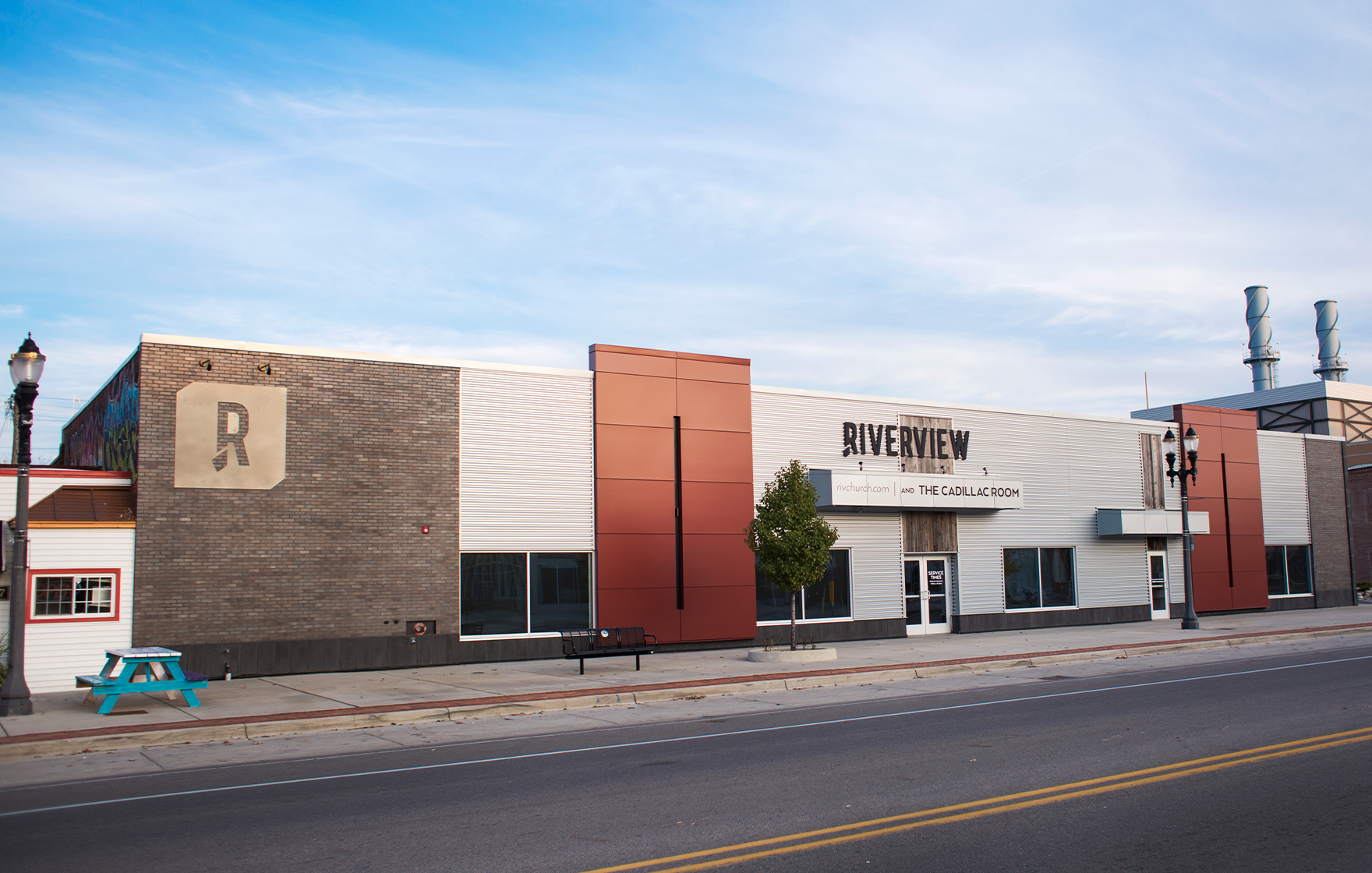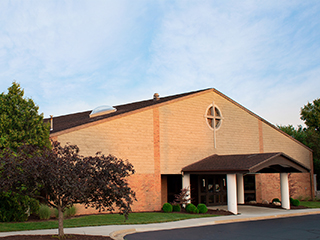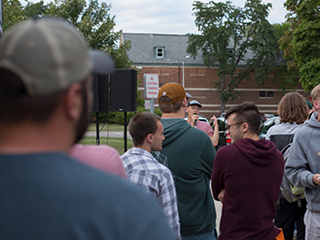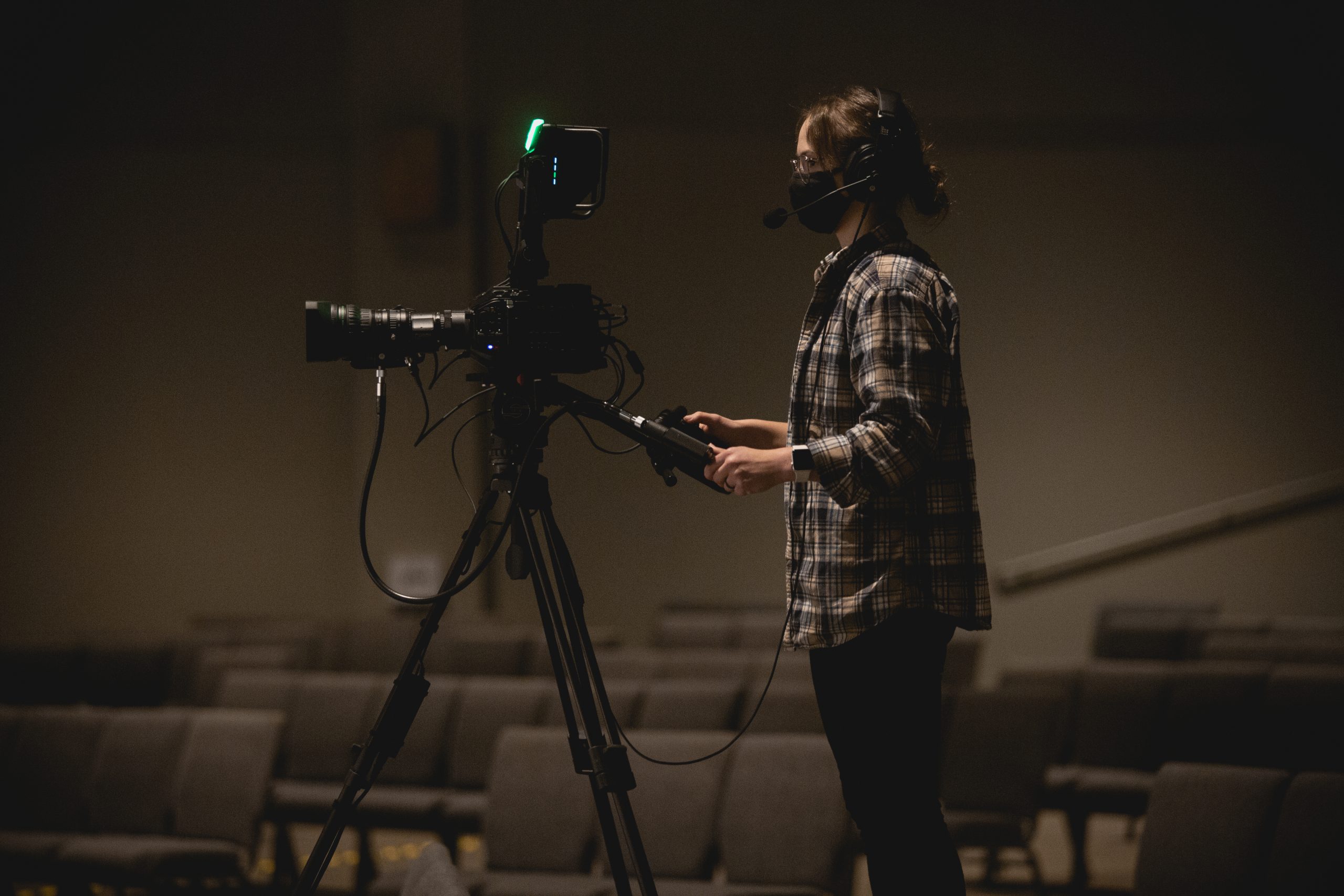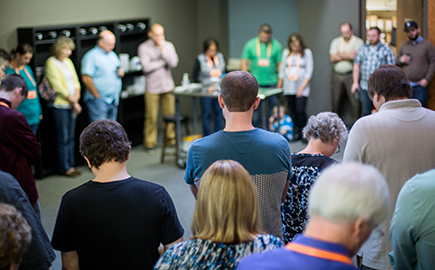
Background
Background
In approximately 30 AD a young Jewish teacher named Jesus was crucified in Jerusalem because of His claims to be the Son of God. As it turned out, His claims were true. Three days after His death on the cross, Jesus conquered death, leaving behind an empty tomb and appearing alive in front of hundreds of witnesses over a period of 40 days before ascending to be with God the Father in heaven. In the time that has passed since the resurrection of Jesus, countless people have found forgiveness and eternal hope through their faith in the living Christ.
By the middle of the first century AD, news of Jesus was spreading like wildfire throughout the Roman Empire. The effort to proclaim the truth about Jesus was spearheaded by a passionate young missionary named Paul. Paul traveled city by city through the ancient world, and his faithful and persistent proclamation of the Gospel drew many people to Jesus. Many of those who decided to become followers of Jesus also became part of the movement to proclaim Jesus to various cities around the world. Others remained at home, becoming part of the new church that had been established in their town.
Colossae was one of many cities where the Gospel gained a foothold in the first century. Located in central Asia (now Turkey), Colossae was part of a “triangle” of cities (along with Hieropolis and Laodicea) located on the Roman trade route through the Lycus River Valley. These three cities are very close to one another in proximity (only about 5–10 miles apart), so throughout history they have been linked together both in partnership and in rivalry. Because of its beautiful mountain setting, fresh drinking water, and unique ability to produce a coveted red wool, Colossae had once been a prominent center of commerce. However, by the time Paul wrote his letter to the church in Colossae (around 60 AD) the city was on the decline, possibly because of the growing appeal of its neighbor cities. Laodicea was on the rise as a center of banking and finance. Hieropolis is home to a desirable series of medicinal hot springs, and the Romans had established a military base there. Colossae had become undesirable. In fact, shortly after receiving Paul’s letter, the city of Colossae was destroyed in an earthquake and was never really rebuilt. It remains unexcavated to this day.
Because Paul wrote a letter to the Colossians, many people mistakenly assume that it was Paul who founded the church there. Most scholars believe it was actually a man named Epaphras (Colossians 1:7-8), not Paul, who originally led the team that brought the Gospel to Colossae. History does not tell us much about Epaphras. We know that he was with Paul during Paul’s Roman imprisonment (Philemon 23), and that he was highly esteemed by Paul (Colossians 1:7). It’s possible that Epaphras was a disciple of Paul’s, but we have no way of knowing for sure.
It is likely that Paul was in prison when he wrote to the Colossians, and that he had a bondservant named Onesimus hand-deliver the letter (along with a letter to Philemon) to the church members in Colossae. The letter itself is clear and focused, and it appears that Paul’s intent was to provide Gospel clarity to a church that had become divided over theological issues. It’s possible that similar challenges existed in the churches in Laodicea and Hieropolis, because in his fourth chapter Paul instructs the Colossians to make sure they share his letter with the churches in those neighboring cities.

